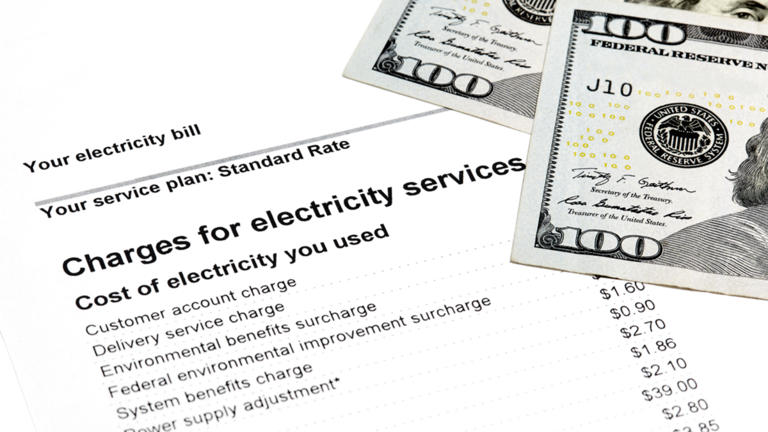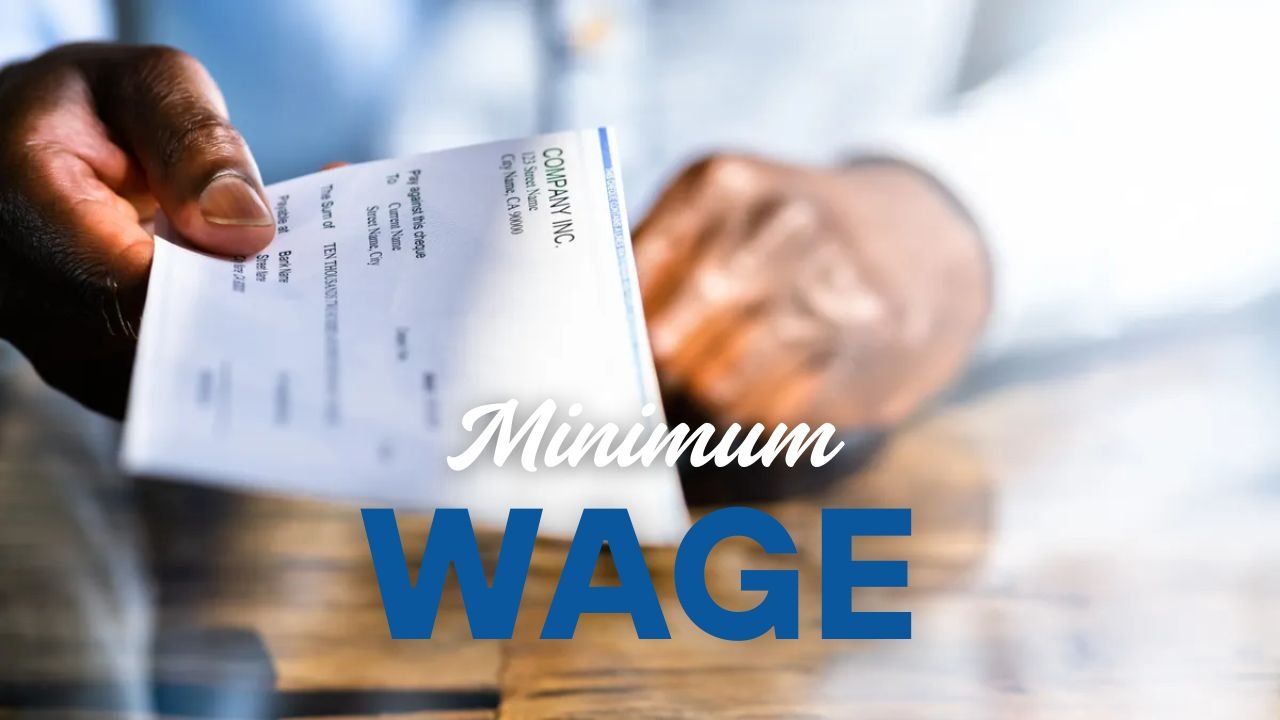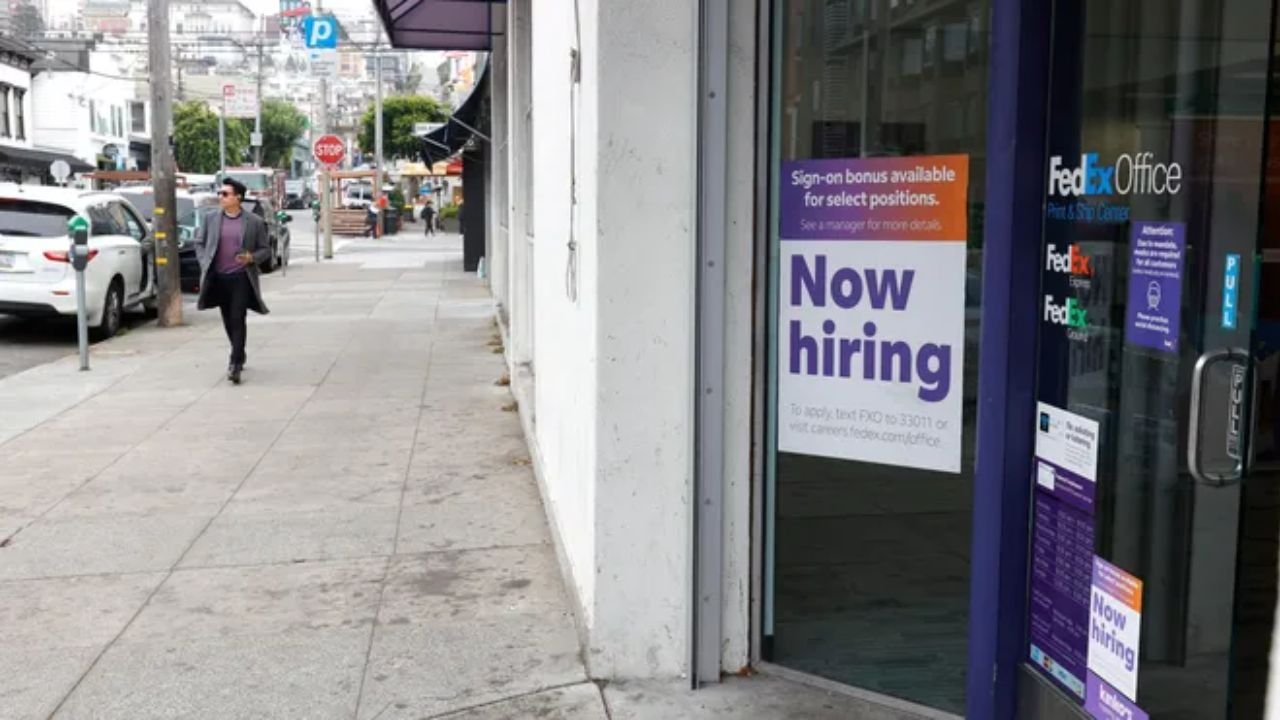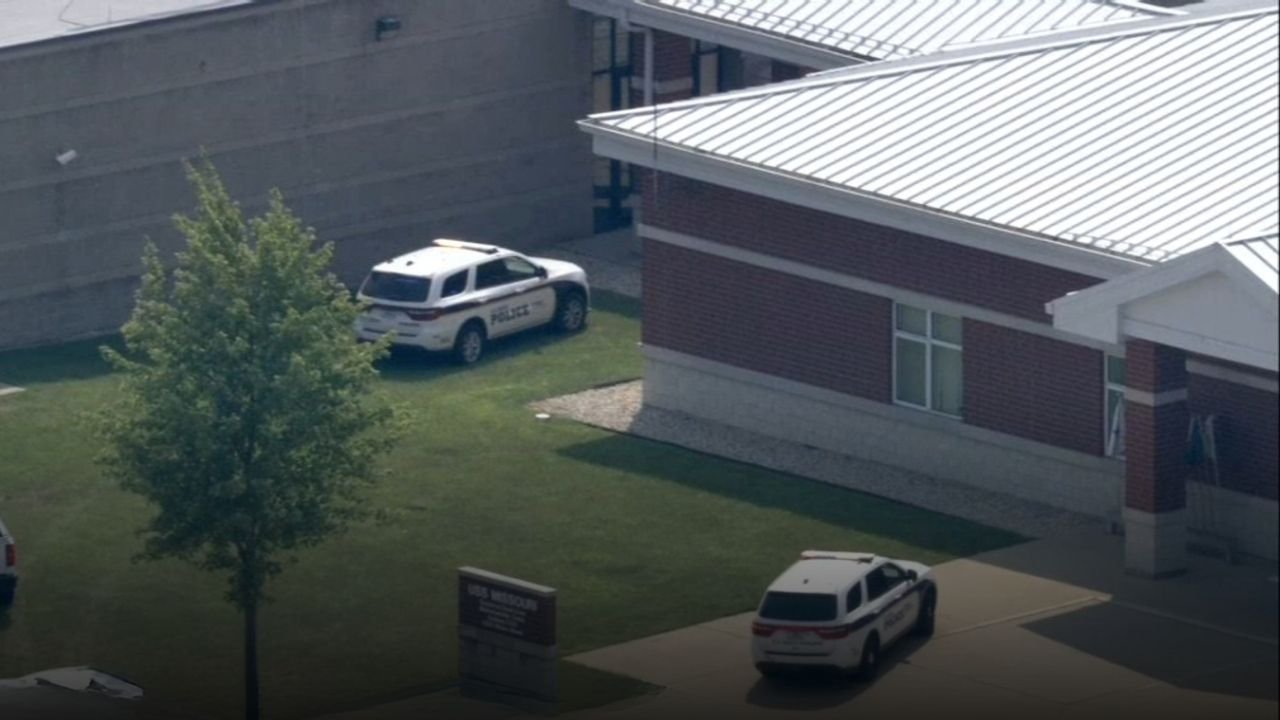CHICAGO, IL — Many Chicagoland residents can expect to see higher electric bills this month as ComEd implements a rate increase that officially took effect on June 1, 2025. The adjustment stems from a cost known as the “capacity charge” — a pricing component that changes each summer based on customers’ prior energy usage.
According to a ComEd spokesperson, the average monthly bill for residential customers will rise by approximately $10.60 starting this billing cycle.
What Is a Capacity Charge?
The capacity charge is a supply-side fee that utilities like ComEd pay to ensure they can deliver enough power during high-demand periods, especially hot summer afternoons when air conditioner use spikes.
- ComEd buys capacity from large power generators.
- This cost is passed on to customers without markup.
- It appears either as a line item (for hourly pricing plans) or is built into the supply charge (for fixed-rate customers).
A ComEd representative explained:
“This ensures there will be enough capacity when you need it.”
Why Is the Rate Increasing Now?
The change occurs every June, based on each customer’s “capacity obligation” — essentially, how much energy you used during last summer’s peak demand hours. Because demand is expected to surge again this summer and supply remains tight, prices are being adjusted upward.
Per ComEd:
“Energy prices are driven by supply and demand. Large power generators sell this electricity to ComEd, and we pass the cost directly to customers.”
This summer’s expected high energy use and tight supply are driving up costs.
How to Calculate Your Capacity Charge
To estimate your new capacity charge:
Capacity Obligation × Capacity Charge Rate = Capacity Charge
-
Capacity Obligation: Your historical usage on high-demand summer days.
-
Capacity Charge Rate: Determined by the electricity market each year.
Both numbers should appear on your ComEd bill starting this month.
Learn more via ComEd’s Capacity Charge Guide
Full report on WGN-TV
What You Can Do
While you can’t avoid the charge entirely, reducing energy use during peak hours (2–7 p.m.) and exploring ComEd’s hourly pricing programs may offer some relief.
Are you already seeing changes in your monthly bill? Have you found ways to cut energy use during summer spikes? Share your experience in the comments and help other readers stay informed.
Stay with ChicagoSuburbanFamily.com for utility rate updates, budgeting tips, and ways to manage your household expenses.














